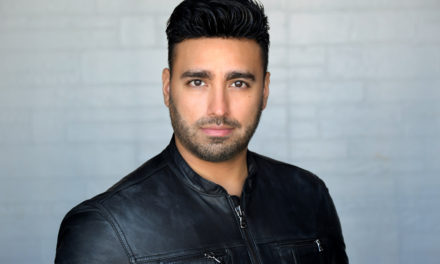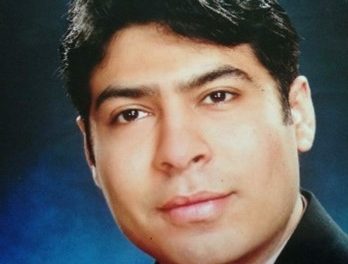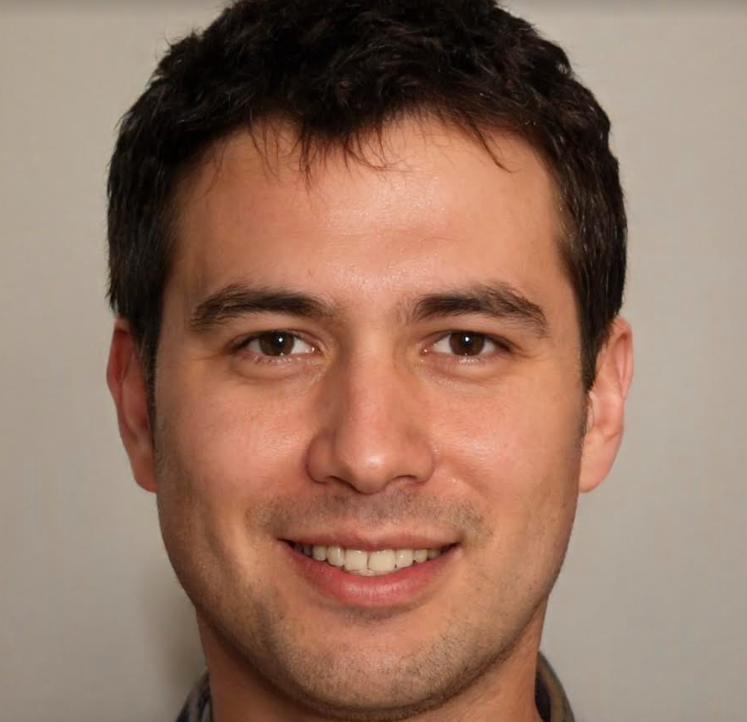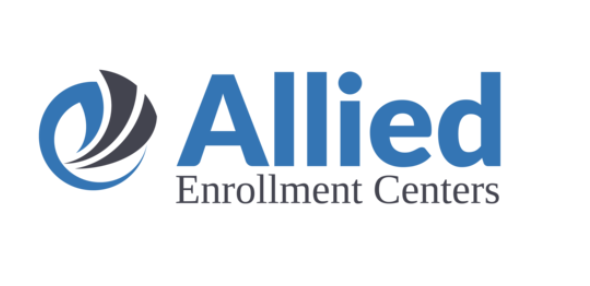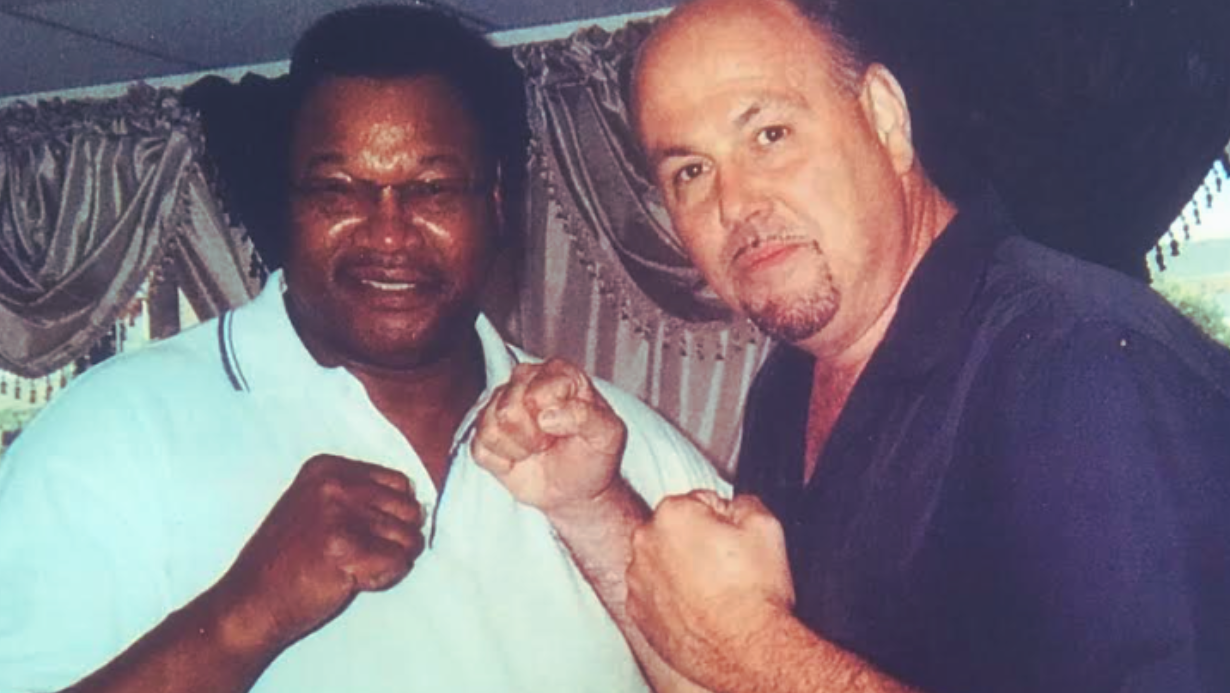Private pilot Michael Hsu recently discussed how to obtain a pilot’s license.
Unrivaled views, a flexible lifestyle, and countless travel opportunities are just a few advantages of becoming a pilot. Michael Hsu recently discussed the steps to getting a private pilot license.
“A private pilot can fly nearly any type of aircraft and can add other ratings, such as instrument and multiengine ratings,” Hsu said. “Best of all, the process isn’t as overwhelming as many aspiring pilots assume.”
What Can a Private Pilot Do?
A private pilot has a private pilot license (PPL). A private pilot can practice the privileges that are consistent with other licenses.
These privileges include the following:
- Fly with passengers (not for profit), including friends and family
- Fly at night
- Donate their time and skills flying for charity purposes
- Fly internationally
Michael Hsu explained that holding a private pilot license offers numerous advantages to anyone with the time, money, and energy to dedicate to obtaining a PPL.
Take the First Flight
An individual achieving their private pilot license must take an introductory flight. A flight school in your region can organize a trial flight so that you can head into the skies with a qualified instructor.
Meet Medical Standards
A private pilot must meet several medical requirements before receiving their license.
- Must be at least 17 years old
- A Class 2 medical certificate
Experienced pilots suggest ensuring you meet medical requirements before investing in training. Conditions like diabetes, asthma, color blindness, and others can affect a person’s ability to receive a private pilot license.
Attend a Flight School to Prep for a Pretest
Michael Hsu stated that an aspiring pilot must study theoretical subjects and pass exams. They must achieve at least 70 to 75 percent correctness on multiple-choice tests.
Theoretical subjects include meteorology, communications, ATC procedures, air law, aircraft knowledge, flight performance, and planning.
Flight Training
Flight training is another essential part of obtaining a PPL. It involves instruction on the following topics and more:
- Instrument flying
- Emergency operations
- Pre-flight operations
- Flight in abnormal conditions
- Flight recovery
- Cross country flying
- Crosswind and normal take-offs
- Crosswind and normal landings
Log Flight Experience
A private pilot must log at least 45 hours of in-air flight to gain their PPL. However, the number of hours required varies significantly between license levels.
Private Pilot Michael Hsu and Completing the PPL Process
Michael Hsu received his Private Pilot License in 2008 and instrument rating in 2010. He stated that the process requires investing numerous hours, intensive effort, and plenty of cash. However, it is far from impossible for many hardworking, dedicated individuals.
The most challenging part of being a licensed private pilot is the roughly $10,000 cost of flight school, certifications, testing, test rides, and more.
“I think most private pilots agree that the advantages of acquiring the PPL far outweigh the time, energy, and cost necessary to achieve it,” Hsu said.


